ECB President Christine Lagarde provided clarity in a speech on the conditions that would lead to a rate cut in June, highlighting reliance on “two important pieces of evidence” as pivotal to the central bank’s confidence on dialing back monetary restrictions. .
Firstly, ECB anticipates receiving data on negotiated wage growth for Q1 by the end of May. Secondly, by June, ECB will have access to a new set of economic projections, enabling it to verify the validity of the inflation path forecasted in its March projection.
After the first move, Lagarde emphasized to “confirm on an ongoing basis” that incoming data aligns with its inflation outlook. This approach underscores a commitment to data-driven policy decisions, maintaining a “meeting-by-meeting” stance that eschews any pre-commitment to a fixed rate path.
Furthermore, Lagarde noted the enduring significance of ECB’s policy framework in processing incoming data and determining the appropriate policy stance. However, she also mentioned that the relative importance of the three criteria guiding these decisions would require regular reassessment.





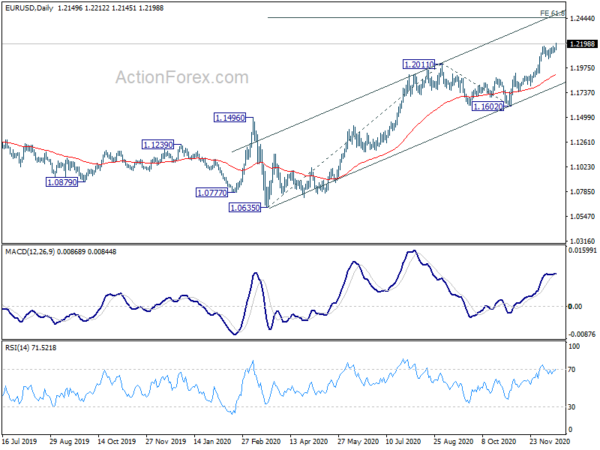
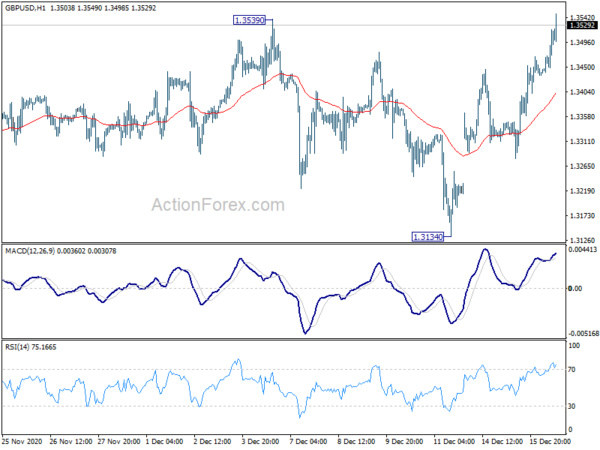


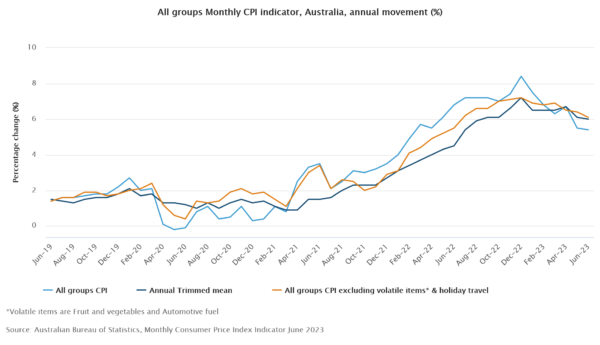
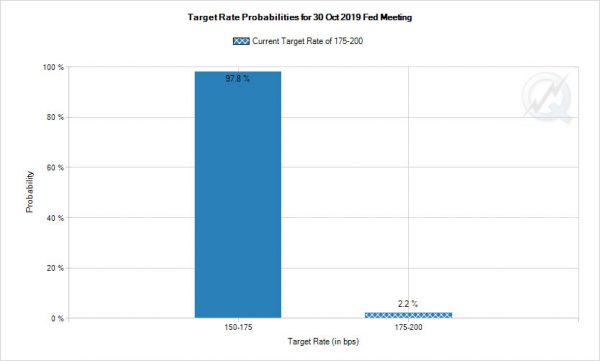
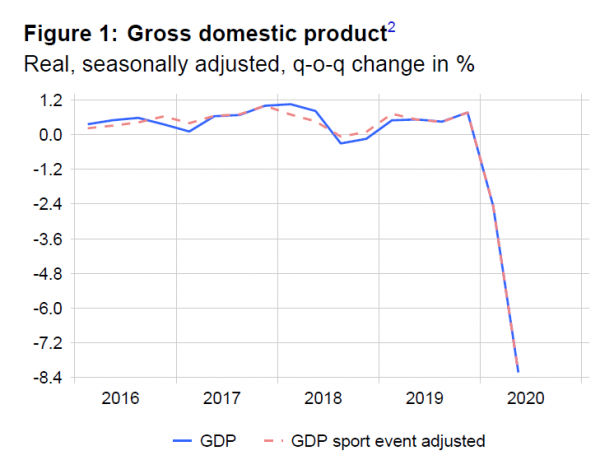
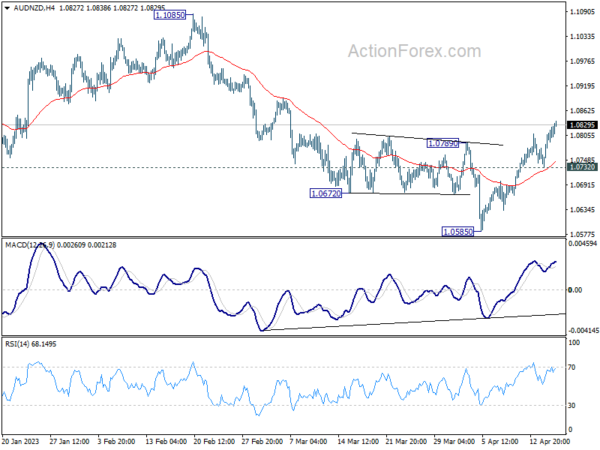
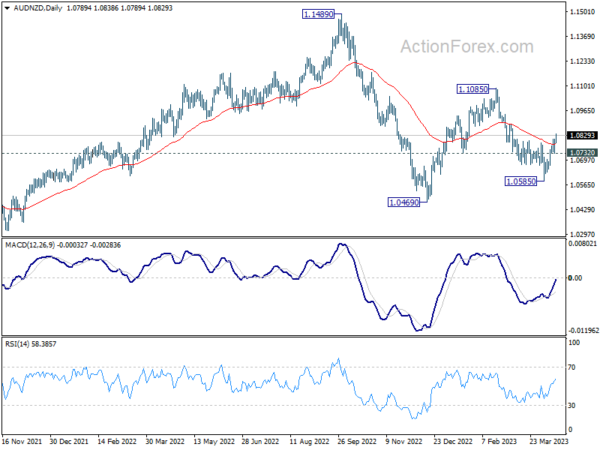
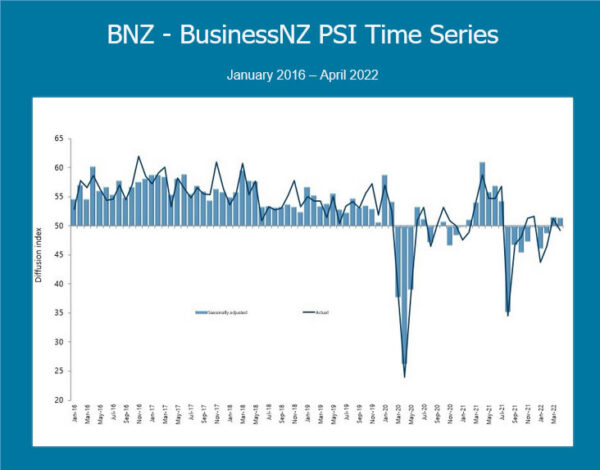
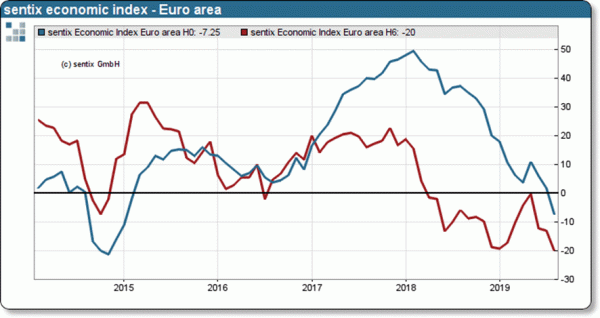
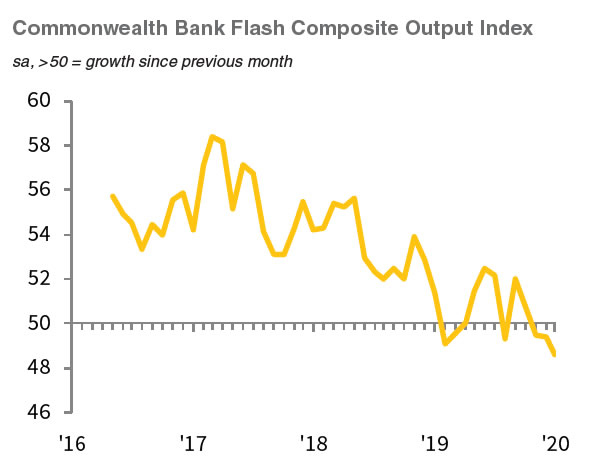
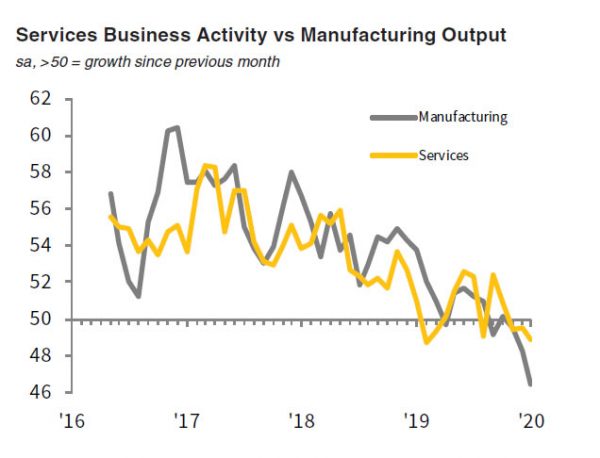
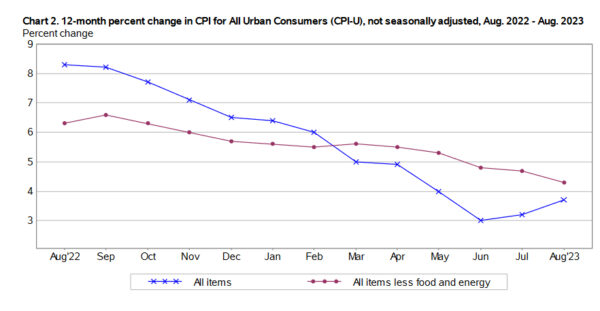

Italian President Mattarella called meeting of political leaders after getting Prime Minster nomination
Italian President Sergio Mattarella called the leaders of the lower and upper houses of the parliament for a meeting today. That came after meeting with anti-establishment 5-Star Movement and far-right League, who have agreed on a deal to form a coalition government.
5-Star leader Luigi Di Maio said after meeting with Mattarella that Giuseppe Conte, a law professor but a political novice, “will be the prime minister of a political government”. Maio hailed that Conte is “a person that can carry out the government contract” and he’s “proud” of this choice. Leader of the League Matto Salvini also confirmed the name.
For now, it’s uncertain whether Mattarella will appoint Conte as the Prime Minister, or he’d prefer a more high-profile figure.